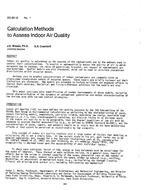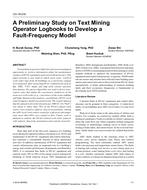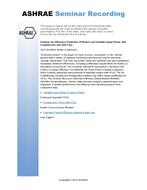Click here to purchase
The efficiency of residential heat supply systems is compromised when the heat load varies. Heat load variability is mainly rooted in space heating demand variations. Heating demand is expected to fluctuate the most during mid-season, as this is when users thermally adapt to warmer or colder weather, resulting in what is known as the “thermal adaptation lag”. The aim of this paper is to investigate this weather variability during mid-season leading to fluctuations of heating demand that impact the efficiency of heat supply systems. Here we present research conducted within five high-rise social housing tower blocks located in he city of Southampton,United Kingdom. Heating to the tower blocks is supplied through gas boilers to heat exchangers installed in each flat. Monthly heating demand monitoring from 2013 to 2017 at flat level shows that: (a) the variability of the heating demand is higher in the period November to March and is related to temperature variation, (b) the amount of heat required by Heating Degree Day is not constant. The analysis identifies potential implications for engineers designing heat supply systems for social housing which contribute to reducing the performance gap between building design and use.
Citation: ASHRAE/IBPSA-USA Bldg Simulation Conf, Sept 2018
Product Details
- Published:
- 2018
- Number of Pages:
- 8
- Units of Measure:
- Dual
- File Size:
- 1 file , 3.5 MB
- Product Code(s):
- D-BSC18-C104


